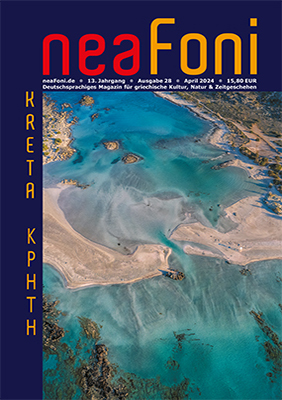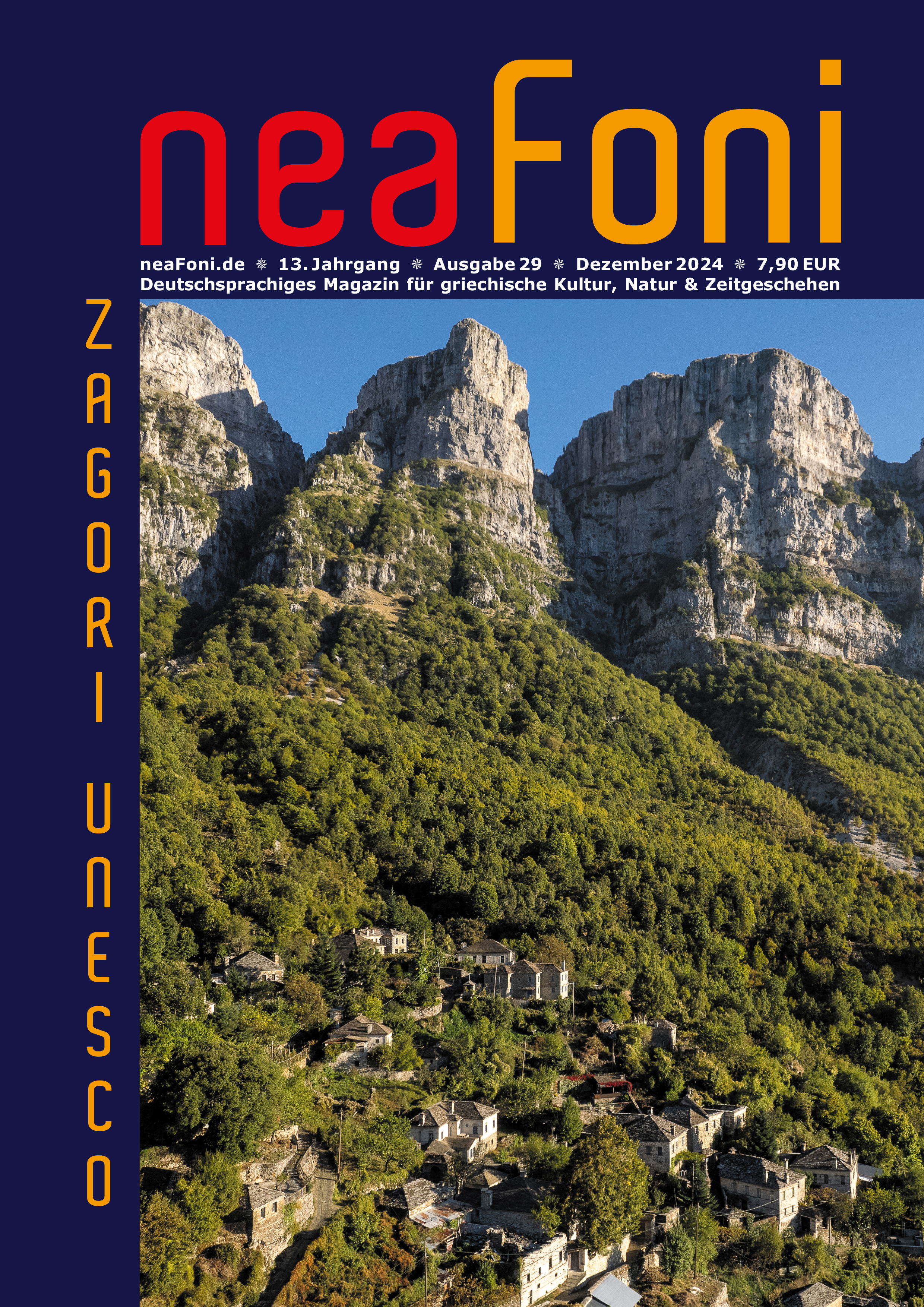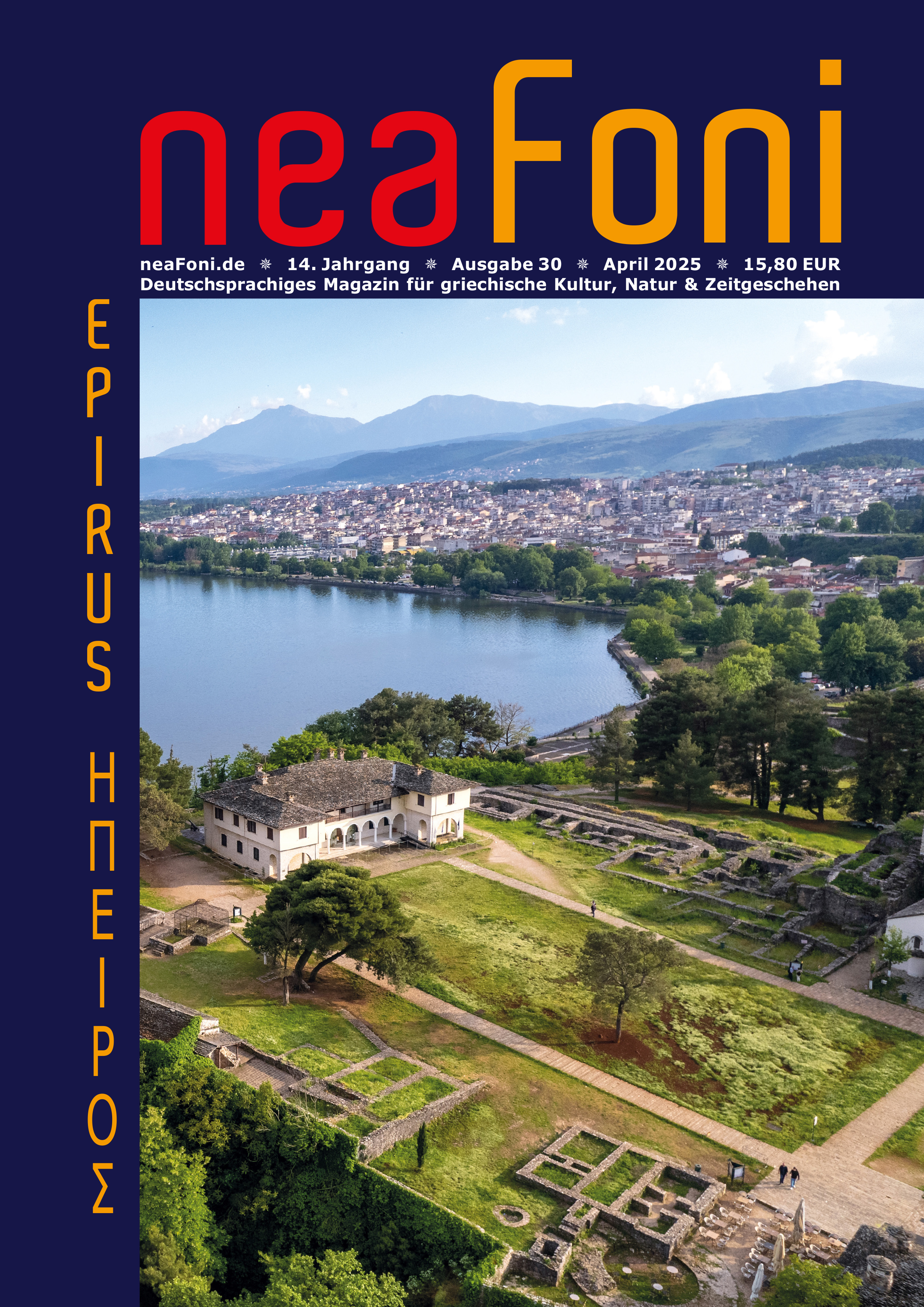Altgriechische Orakelstätten
1.603 Wörter 6 Minuten 2.288 × gelesen
Archäologische Museen
699 Wörter 2 Minuten 2.779 × gelesen
104 Wörter 1 Minute 454 × gelesen
Ausgrabungen
209 Wörter 1 Minute 2.790 × gelesen
222 Wörter 1 Minute 3.131 × gelesen
Drohne / INSELN, KRETA
191 Wörter 1 Minute 2.458 × gelesen
Meisterwerke der Antike
15.172 Wörter 54 Minuten 2.610 × gelesen
Wandern
1.220 Wörter 4 Minuten 12.644 × gelesen
8 Artikel gefunden in 6 Artikelgruppen
461 Bilder gefunden




